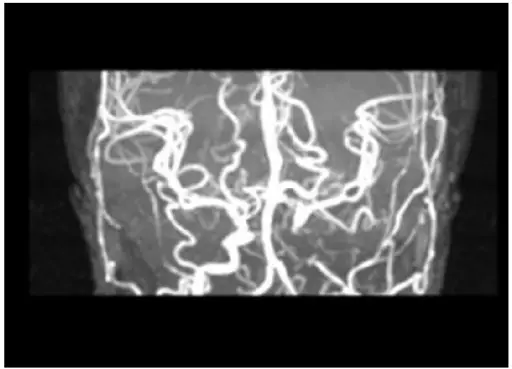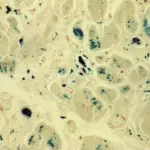B thalassemia major is a severe transfusion dependent anemia with homozygous for β-thalassemia genes (β+/β+ or β0/β0).
What is the Pathology of B Thalassemia Major?
The pathology of β- thalassemia major is:
-Etiology: The cause of β- thalassemia major is gene mutation.
-Genes involved: for β-thalassemia gene.
Pathogenesis: The sequence of events that lead to β- thalassemia major result from promoter region mutations, preventing RNA polymerase from binding normally. Chain terminator mutations, causes premature termination of mRNA translation. Splicing mutations, aberrant splicing affecting the introns and exons. Diminished β-globin synthesis consequences in anemia, by fabricating under-hemoglobinized, hypochromic, microcytic red cells that have diminished survival.
-Morphology: The morphology associated with β- thalassemia major shows microcytosis, hypochromia.
Histology: The histology associated with β- thalassemia major shows anisocytosis, poikilocytosis, and basophilic stippling present.
How does B Thalassemia Major Present?
Patients with β- thalassemia major typically have no gender prevalence present at age range of 6 to 9 months of age. The symptoms, features, and clinical findings associated with β- thalassemia major include growth retardation, has a brief clinical course.
How is B Thalassemia Major Diagnosed?
B thalassemia major is diagnosed via prenatal molecular analysis of DNA.
How is B Thalassemia Major Treated?
B thalassemia major is treated mainly through bone marrow transplantation and blood transfusion or iron chelators.
What is the Prognosis of B Thalassemia Major?
The prognosis of β- thalassemia major is fair. With transfusions and iron chelation, survival into the third decade is likely.



